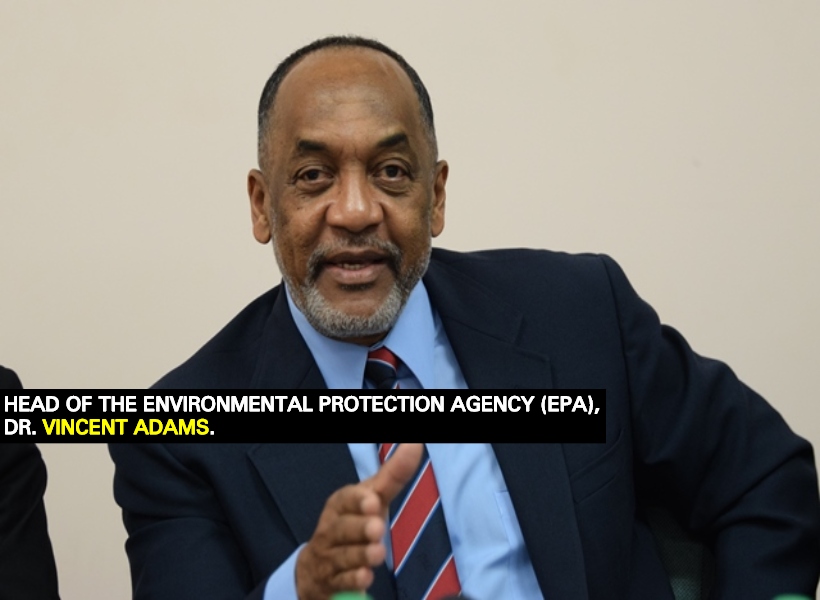When it comes to the discussing the climate change implications of ExxonMobil’s offshore projects, one of the most critical partners that has been absent from the table is the Office of Climate Change (OCC). Making this admission recently was Head of the Environmental Protection Agency (EPA) Head, Dr. Vincent Adams.
The official said, “In all honesty, we have not been communicating directly with them and that is one of the issues we need to address, everyone in their own lane. That is one of the weaknesses in the whole system, us coordinating as government agencies. I don’t know what the Office of Climate Change is doing but we are doing our part in understanding the emissions of these projects. That is supposed to be covered in the Environmental Impact Assessment (EIA)…”
It should be noted that the EPA is without the requisite expertise to effectively assess the information provided in EIAs by oil companies like ExxonMobil. It is also incapable of conducting an independent assessment on emissions to challenge the veracity of the findings presented in the company’s EIAs.
The EPA Head said he is not blaming the OCC for not being part of the discussions but rather, his own agency which he said should have taken the initiative of getting them involved in the process.
He said that the only agencies that have been at the heart of the discussions are the EPA, the Department of Energy and the Guyana Geology and Mines Commission (GGMC).
In the last few months, several questions have been raised about the impact of ExxonMobil’s projects as it relates to increasing Guyana’s carbon footprint. These concerns were sparked by revelations in the media that ExxonMobil flared over nine billion cubic feet of associated gas since last year December. Dr. Adams told Guyana Standard that the oil giant is working to bring an end to the flaring. He said that the company had to resort to burning the gas due to mechanical issues it experienced during the commissioning of its gas compressor. He said that ExxonMobil is still flaring about 12 million cubic feet of gas per day.













